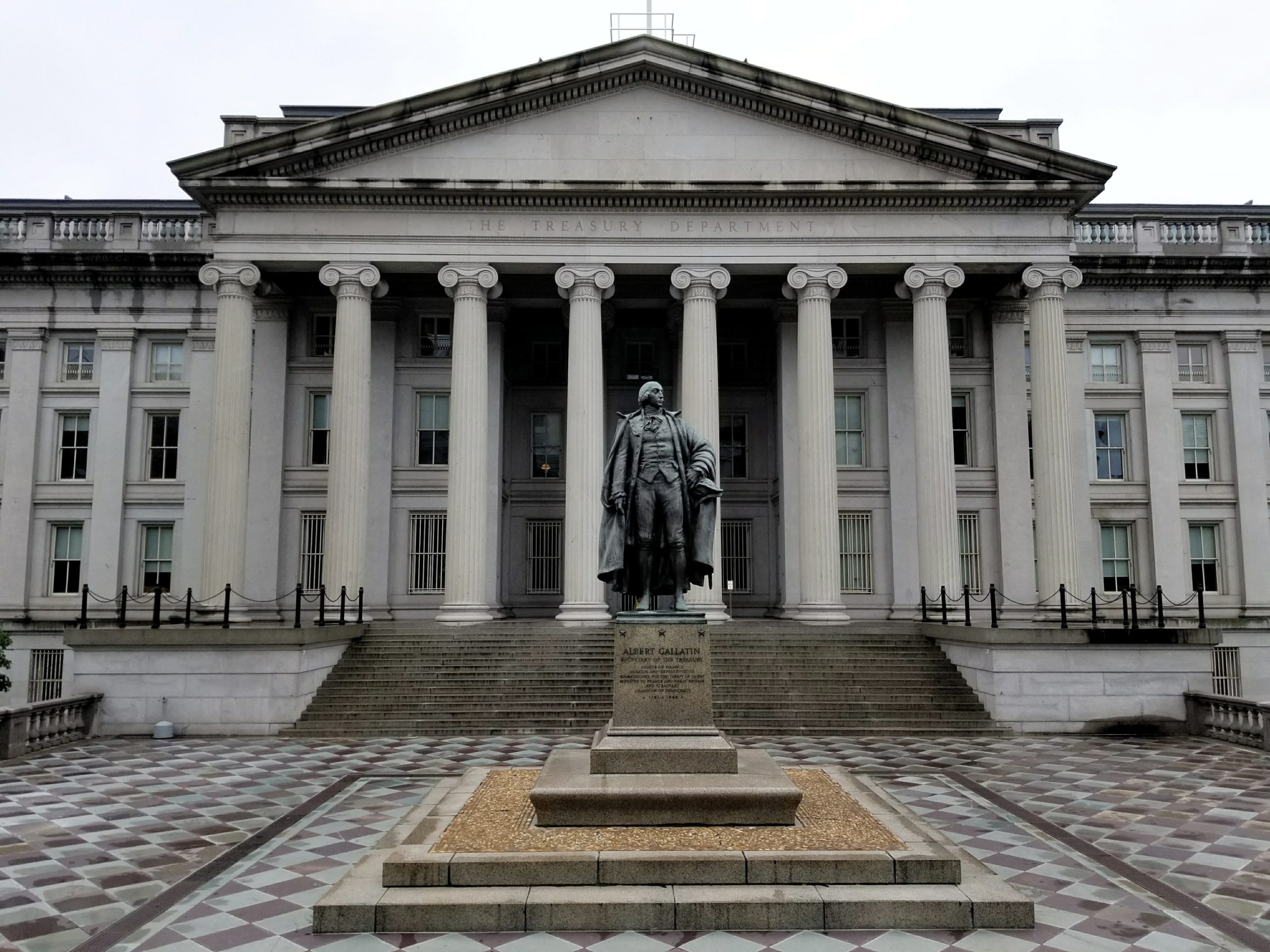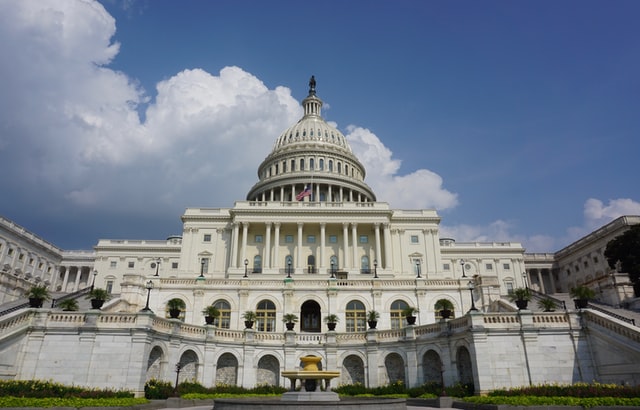The US government has been aided by a bill that Congress passed, which stipulates that the federal government must receive funding through December. Financial constraints stretched the American government, and the authorities were prompted to pour in instant financing to avoid a federal shutdown.

The country faced a 3folded challenge spectrum which rolled out a serious problem to the governing authorities. Firstly, the government was in deep financial trouble and was going to shut down by midnight. With such a shutdown, thousands of federal employees would lose their salaries and eventually stop going to work. Numerous services under the government’s wing will have to be suspended, with national attractions and parks temporarily closed until rectified. Because of these devastating effects, shutting down was not an option for the authorities, and it needed to implement solutions in a flash.
On Thursday, the Senate and House passed a bill to inject funds into the government until 3 December this year. Dubbed the stopgap spending bill, it was previously implemented in 2018 up to 2019, and it managed to prevent a shutdown that was looming in. The bill rolls out aids to societies affected by hurricanes, wildfires, and any other disasters, and it also caters to refugees from Afghanistan. To fully use this method, the Democrats were forced to “remove the language” from the bill, which would have led to a surgeon the debt ceiling. President Biden said that the bill “meets critical and urgent needs of the nation” and “there’s so much more to do [Source].
Secondly, the state had to raise the national debt ceiling “before an estimated deadline of 18 October,” which means going beyond the set borrowing limit placed by the Americans. Without these extra, the nation would fail to pay its bills. The US would default for the first time in their history, which the House speaker Nancy Pelosi described as terrible and whose effects would be “cataclysmic” while costing 6 million jobs. Due to this, raising the debt ceiling would be inevitable to curb these effects.
In relation to the debt ceiling, the Democratic majority leader in the Senate said, “Just as our Republican colleagues realize that a government shutdown would be catastrophic, they should realize that a default on the national debt would be even worse.” A chief economist at Moody’s Analytical, Mark Zandi, said “It would be financial Armageddon. It’s complete craziness even to contemplate the idea of not paying our debt on time” [Source].
Truly, it would be absurd for the self-proclaimed greatest nation to fail to pay its debts on time and see it piling on while not making any significant payments. The solution brought forward included allowing Treasury to borrow more money and go beyond the current statutory limit of $28,4 trillion. On Wednesday, the House sought to remove the debt limit through December 22, but the Republicans are likely to oppose that idea. Plunging the state into huge debts will only create more problems for Americans but will help the country with a lot of funds and avoid a shutdown which “experts predict that the US would plunge into instant recession, millions of jobs would be lots, interest rates would soar, and the stock market would plummet.”
Thirdly, the Biden administration was supposed to make a final call to pass a $1 trillion bipartisan infrastructure bill and a $3,5 trillion partisan package aimed at expanding social services and channeling towards the climate change crisis. The passing of these bills lies on the Democratic centrists and progressives together with a challenge by the Republicans to put a cap on Biden’s win.
From now until December, the American government can survive and cater to the needy, especially during the coronavirus pandemic.







































